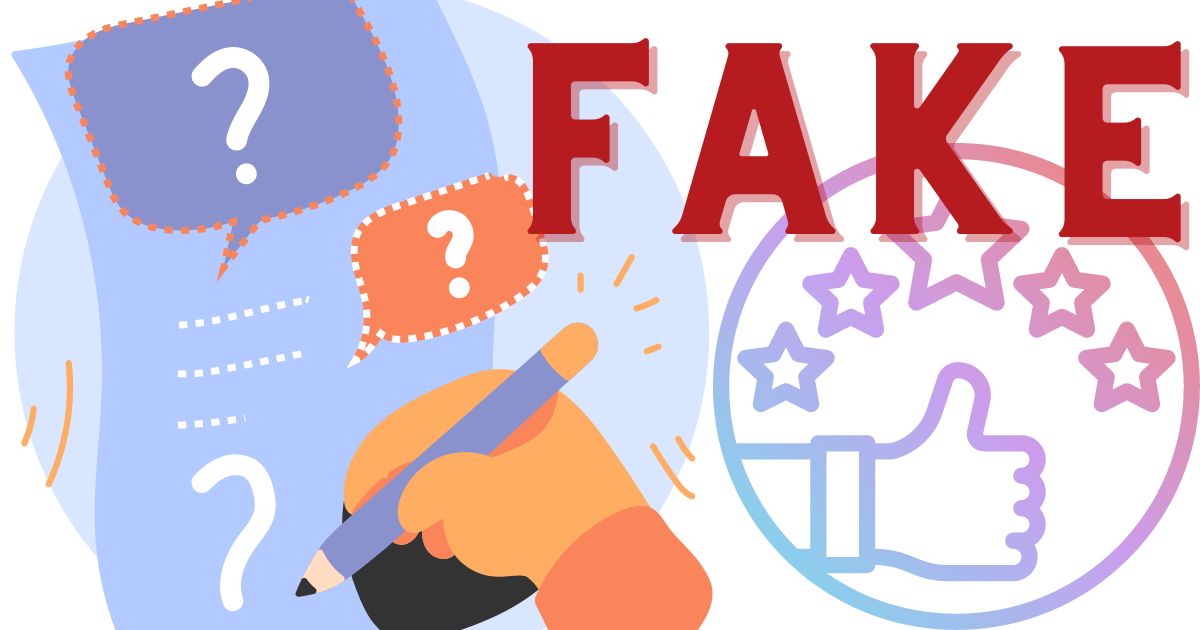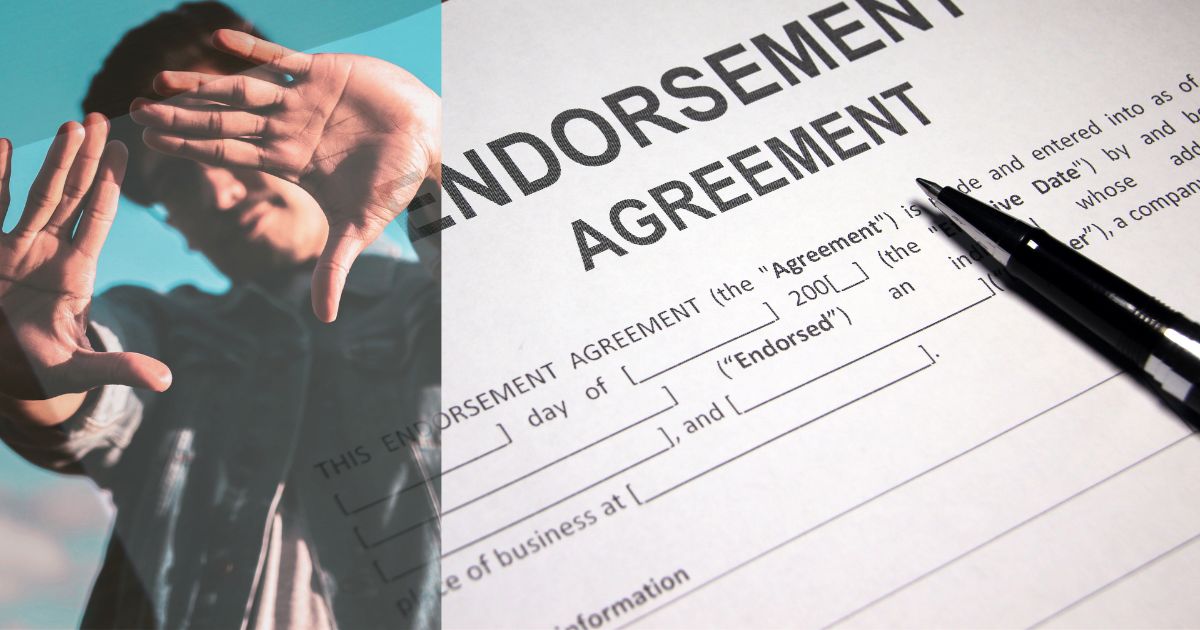Chanel is one of the most renowned fashion brands in the world. In 1910, Gabrielle Chanel also famously called Coco Chanel established the opulent French fashion house Chanel in Paris. Few fashion brands have accumulated a bag collection as legendary as Chanel. The list of legendary Chanel bags is surprisingly long, ranging from the founder’s era-defining designs to Karl Lagerfeld’s subsequent oddities. Unlike other luxury accessories, the handbag has iconic importance; it is more than just a fashion statement or a status symbol; it has taken on a unique meaning in society.
Almost everyone can recognise it, whether they are fashion-conscious or not, and handbag collectors consider it the best bag to add to their collection.
Why is the Classic Flap so well-liked and in demand?
For those in the know, it has to do with its origins and history, the numerous celebrities and stylists who have been spotted using it, its functionality and versatility, and last but not least, its distinctly classic, elegant yet surprisingly modern design – an unmistakable mark of the legendary woman behind it.
Gabrielle Chanel started her journey in fashion by launching a hat store called Chanel Modes at 21 rue Cambon. Well-known French actresses of the day wore her hats, which contributed to her renown. Soon after she opened her first boutique in Deauville, France. Mademoiselle Chanel established her first couture house in Biarritz, France, inspired by her success. There, started her journey by creating debut Haute Couture line.
Initiator of a brand-new, empowering, and contemporary gesture, Gabrielle Chanel designed a purse for herself, a hand-free item that gave rise to the signature bag of the House. The “2.55” handbag, so named after the year it was created, is a well-known quilted design by Gabrielle Chanel. Women could now carry their purses hands-free thanks to the addition of straps, which ultimately revolutionised how bags were made moving forward. “I became tired of holding my purses in my hands and losing them, so I added a strap and carried them over my shoulder,” Coco Chanel said of her creation. The practical bag had a comfortable sliding chain that freed up one’s hands. This durable handbag often has straps that are modelled after the military bags from the 1920s and is made of soft calfskin.
Even today, the timeless style still adheres to Gabrielle’s original directives: a leather ribbon chain that allows for shoulder carrying, quilting influenced by the equestrian world that Gabrielle Chanel so adored, garnet leather that evokes the colour of the uniform that Gabrielle was required to wear at the Aubazine orphanage, and the traditional twist clasp known as the “Mademoiselle.”
Every season, Karl Lagerfeld transforms the classic bag: new materials, clasps made to seem like jewels, and the legendary Chanel bag family is enriched by chevron quilting. The recognisable bag is a piece of heritage passed down from mother to daughter. As Coco Chanel famously put it, “Style never goes out of style.”
Distressed calfskin is frequently used to make the 2.55 bag, giving the appearance of antiquity. The riding coat-inspired diamond quilting on the bag’s outside gives it a robust shape. It can be identified by its turn-lock, also referred to as the “Mademoiselle lock.” According to fashion history, the name was inspired by the fact that Coco Chanel was an only child.
Even the interior of the famous purse bears a strong resemblance to Chanel. Her upbringing in the Abbey orphanage is reflected in the purse’s burgundy leather lining, which calls to mind the nuns’ habit, and the interlocking chain straps, which allude to the belts used by the convent’s employees. Additionally, the interior has a tiny place for your lipstick and a hidden chamber below the front flap where she reportedly kept her love notes.
The style is said to have been influenced by military satchels popular in the 1920s. Many of Coco’s works are influenced by her love of horses, stable style, and polo star Arthur Edward Capel. This fondness permeated every Chanel bag, from the iconic Chanel Flap Bag to its reproduction, The 2.55, to the Chanel Boy Bag (Arthur Capel was known as “Boy”). Naturally, the cost of the Chanel Flap Bag and its strappy sisters increased along with Chanel’s fame. The Chanel Flap Bag has been featured in numerous artistic endeavours over the past five decades, worn by icons, and praised by the general public.
Oftentimes, laymen confuse the Chanel 2.55 Bag with the Classic Flap bag. But according to Haute Couture connoisseurs, there is quite a lot of difference. Despite having a similar appearance, the Chanel 2.55 and Chanel flap bag have different elements. Before Karl Lagerfeld created the signature double C lock and the Chanel flap bag in the 1980s, the legendary Chanel 2.55 handbag was built with a rectangular turn-lock. Since then, the double C symbol has been associated with the traditional flap.
To commemorate Chanel’s 50th anniversary, the 2.55 bag was brought back in 2005 as the Reissue 2.55 bag. The straps and latches on the bags make a clear distinction between them. The 2.55 bag has interlaced chain straps and the recognisable logo-free turn-lock, whereas the flap bag’s straps are braided with leather in chains and come with the double C turn-lock.
Early on, Coco Chanel was known for challenging conventions. Her bravado could be seen in her designs, especially after she created the flap bag and the Chanel 2.55. These once-coveted handbags are now regarded as classics by the clothing line that carries her name. The Chanel 2.55 is more than simply a handbag; it is the pinnacle of practicality and style. It has a rich history. Its luxurious status is unquestionably due to its superb craftsmanship.
Author: Nayeisha Puri, Intern at Fashion Law Journal
















